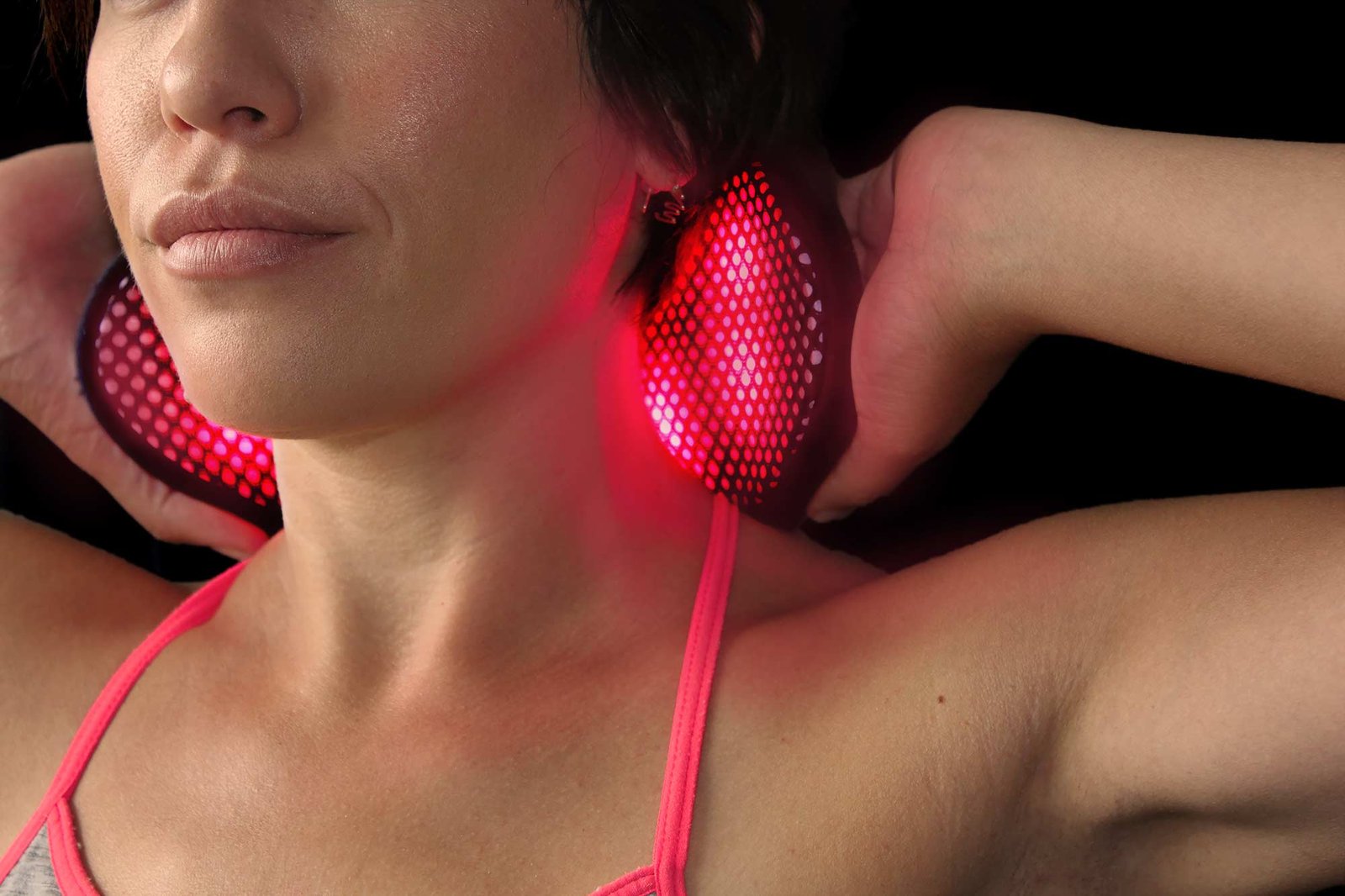
The Benefits of Technology In Improving Healthcare
The field of healthcare is constantly evolving, and technology is playing an increasingly significant role in this transformation.
From telemedicine to electronic health records to wearable health monitors, technology is providing new tools for improving healthcare outcomes and enhancing the patient experience.

In this article, we will explore some of the key ways that technology is changing healthcare for the better.
One of the most significant benefits of technology in healthcare is the ability to provide greater access to care. Telemedicine, for example, is a rapidly growing field that allows patients to connect with healthcare providers remotely, using video conferencing, phone calls, or other digital communication tools. This technology is particularly valuable for patients in rural or remote areas, who may not have easy access to healthcare facilities or specialized providers. With telemedicine, patients can receive medical advice, diagnosis, and even prescriptions without leaving their homes, saving time and reducing the burden of travel. Furthermore, telemedicine of this kind can be used as a triage service for those who are in need of medical attention, with medical house calls able to happen based on information provided over the phone. This shift in patient reporting thanks to technology means those who are not able to reach a hospital or doctors office can have somebody visit them to check in or help to remedy an issue they are having. This in turn reduces the stress on fixed location services who deal with those who can make it to a hospital or medical practice.
Another important benefit of technology in healthcare is the ability to improve healthcare outcomes by providing patients with more information and resources. Wearable health monitors, for example, allow patients to track their vital signs, exercise levels, and other health metrics in real-time, providing them with greater insight into their health and wellness. By monitoring these metrics over time, patients can identify potential health issues earlier, take preventive measures, and work with their healthcare providers to develop personalized treatment plans. This technology also provides healthcare providers with more data to inform their decision-making, leading to more accurate diagnoses and better outcomes for patients.

Finally, technology is helping to streamline healthcare processes, reducing costs and improving efficiency. Electronic health records, for example, allow healthcare providers to easily access patient data from a centralized digital platform, eliminating the need for paper-based records and reducing the risk of errors and miscommunications. This technology also allows healthcare providers to share patient data more easily, which can improve care coordination and reduce the risk of duplicative or unnecessary treatments. Overall, technology is transforming healthcare in myriad ways, improving outcomes, increasing access to care, and reducing costs.
Telemedicine: Bringing Healthcare to Your Fingertips
Telemedicine, also known as telehealth, is a rapidly growing field that uses digital communication tools to provide remote medical care. Telemedicine allows patients to connect with healthcare providers in real-time, using video conferencing, phone calls, or other digital communication platforms. This technology is particularly valuable for patients in rural or remote areas, who may not have easy access to healthcare facilities or specialized providers. By using telemedicine, patients can receive medical advice, diagnoses, and even prescriptions without leaving their homes, saving time and reducing the burden of travel.
One of the key benefits of telemedicine is that it can provide patients with greater access to healthcare, regardless of their location or ability to travel. This technology has become particularly important during the COVID-19 pandemic, when many people have been unable or unwilling to visit healthcare facilities in person. With telemedicine, patients can receive medical care and advice from the comfort and safety of their own homes, reducing the risk of exposure to the virus.
Another benefit of telemedicine is that it can improve the efficiency and effectiveness of healthcare delivery. Telemedicine allows healthcare providers to communicate more easily with patients, providing them with faster and more accurate diagnoses and treatment recommendations. This technology can also reduce the burden on healthcare facilities and providers, freeing up resources to focus on more complex cases or urgent medical needs.

Overall, telemedicine is an important example of how technology is changing healthcare for the better. By providing greater access to care, improving efficiency and effectiveness, and reducing the burden of travel, telemedicine is helping to transform the way that healthcare is delivered, making it more patient-centered, convenient, and accessible.
Wearable Health Monitors: Taking Control of Your Health
Wearable health monitors are devices that can be worn on the body to track various health metrics, such as heart rate, sleep patterns, exercise levels, and more. These devices are becoming increasingly popular, as they allow people to take control of their health and wellness by monitoring their physical activity, sleep quality, and other health behaviors. Wearable health monitors come in many different forms, including smartwatches, fitness trackers, and even clothing with built-in sensors.
One of the key benefits of wearable health monitors is that they provide people with more information about their health and wellness, allowing them to make more informed decisions about their lifestyle choices. For example, by tracking their exercise levels and sleep patterns, people can identify areas where they may need to make changes to improve their health. Wearable health monitors can also help people set and achieve fitness goals, providing them with a sense of accomplishment and motivation to continue their healthy habits.
Another benefit of wearable health monitors is that they can help healthcare providers make more informed decisions about patient care. By providing healthcare providers with real-time data on patients’ health metrics, wearable health monitors can help them identify potential health issues earlier and develop more personalized treatment plans. This technology also allows healthcare providers to monitor patients remotely, reducing the need for in-person visits and improving care coordination.
Overall, wearable health monitors are an important example of how technology is empowering people to take control of their health and wellness. By providing more information about health behaviors and allowing for more personalized healthcare, wearable health monitors are helping to transform the healthcare landscape, making it more patient-centered and focused on prevention and wellness.
Electronic Health Records: Streamlining Healthcare Processes
Electronic health records, also known as EHRs, are digital records of patients’ medical histories, treatments, and diagnoses. These records are stored in a centralized database that can be accessed by healthcare providers and patients themselves. EHRs have become increasingly popular in recent years, as they allow for more efficient and accurate management of patient data.
One of the key benefits of EHRs is that they streamline healthcare processes, reducing costs and improving efficiency. By eliminating the need for paper-based records, EHRs reduce the risk of errors and miscommunications that can occur when information is transferred between healthcare providers. This technology also allows healthcare providers to share patient data more easily, which can improve care coordination and reduce the risk of duplicative or unnecessary treatments.
Another benefit of EHRs is that they provide patients with greater control over their healthcare data. Patients can access their EHRs online, allowing them to review their medical history, treatment plans, and other healthcare information. This technology also allows patients to share their medical data with other healthcare providers, ensuring that all providers have access to the same information and reducing the risk of errors or misunderstandings.

Finally, EHRs can improve patient outcomes by providing healthcare providers with more accurate and comprehensive patient data. By having access to a patient’s complete medical history and treatment plan, healthcare providers can make more informed decisions about patient care, leading to better outcomes and improved patient satisfaction.
Overall, EHRs are an important example of how technology is changing healthcare for the better. By streamlining healthcare processes, improving efficiency, and providing patients with greater control over their healthcare data, EHRs are helping to transform the healthcare landscape, making it more patient-centered, cost-effective, and focused on delivering high-quality care.
Smoking Cessation: Using Technology to Quit Smoking
Smoking is one of the leading causes of preventable death and disease worldwide. While quitting smoking can be challenging, technology has provided new tools to help people quit smoking and improve their health. One such tool is e-cigarettes, also known as vaping.
While there is still some controversy surrounding the use of e-cigarettes for smoking cessation, studies have shown that they can be an effective tool for some individuals. E-cigarettes work by heating a liquid that contains nicotine and other chemicals, producing a vapor that can be inhaled. While e-cigarettes do contain some harmful chemicals, they are generally considered to be less harmful than traditional cigarettes, which contain thousands of harmful chemicals, including tar and carbon monoxide.
One of the key benefits of e-cigarettes is that they can provide a way for smokers to gradually reduce their nicotine intake, making it easier to quit smoking altogether because of the various vape flavors. E-cigarettes come in a variety of nicotine strengths, allowing smokers to gradually reduce their nicotine consumption over time. This technology also allows smokers to replicate the physical sensation of smoking, which can make it easier to transition away from traditional cigarettes. While there are still some concerns about the potential risks of e-cigarettes, many healthcare providers see them as a valuable tool for smoking cessation. By helping people quit smoking, e-cigarettes and other vaping products can reduce the risk of smoking-related illnesses, such as heart disease, lung cancer, and stroke.
Overall, e-cigarettes and other vaping products are an important example of how technology is being used to improve healthcare outcomes, particularly in the area of smoking cessation. While more research is needed to fully understand the risks and benefits of these products, they offer hope to the millions of people worldwide who are struggling to quit smoking and improve their health.
In conclusion, technology is transforming healthcare in many ways, from improving access to care to streamlining healthcare processes to providing new tools for smoking cessation. Telemedicine, wearable health monitors, electronic health records, and e-cigarettes are just a few examples of how technology is being used to enhance the patient experience and improve healthcare outcomes.
While there are certainly some risks and concerns associated with the use of technology in healthcare, it is clear that the benefits outweigh the drawbacks. By providing greater access to care, improving efficiency and accuracy, and empowering patients to take control of their health, technology is helping to transform the healthcare landscape and create a more patient-centered, cost-effective, and efficient system.
As technology continues to evolve and new innovations are developed, it is likely that we will see even more exciting developments in healthcare in the years to come. From artificial intelligence to genetic testing to virtual reality, the possibilities for using technology to improve healthcare outcomes are virtually limitless. Ultimately, the future of healthcare will depend on our ability to harness the power of technology in ways that benefit patients and healthcare providers alike, while minimizing risks and ensuring that the highest standards of care are maintained.








